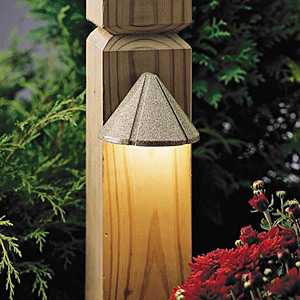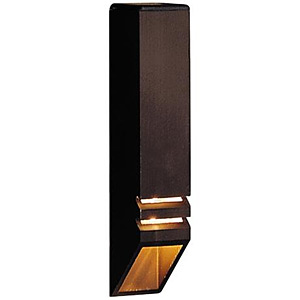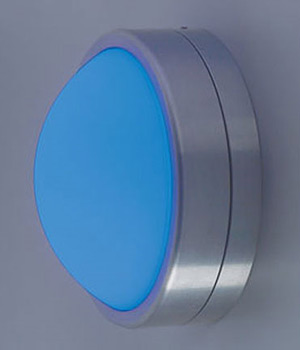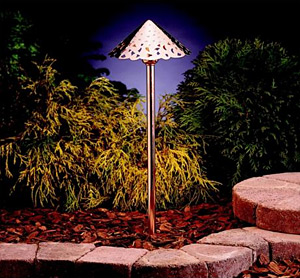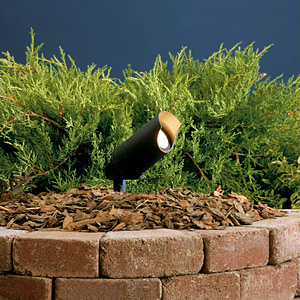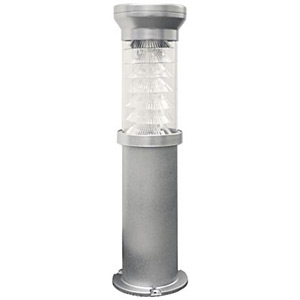Landscape Lighting for Beauty and Security
By David Jayne, The House Designers' contributing editor
Landscape and security lighting has really come a long way in the last few years, particularly since LED and solar solutions have made it more affordable and reliable. The well-groomed and outfitted property of today will always integrate some or a lot of outdoor lighting in order to create a way to harmoniously transition from day to night, and provide security as well as an attractive nighttime display for setting the mood while entertaining.
Deck Lighting
You and your guests and family will probably want to spend as much time as possible relaxing and entertaining on your deck or patio, and this is one area where modern lighting can really enhance the experience after dark. The possibilities are truly endless, as technology has made this lighting smaller and more easily installed and discreet.
Path and Stair Lighting
Perhaps the most important places to look at lighting are any stairs and paths which may be used after dark. This obviously is important to avoid tripping and falling as well as simply a way to avoid having guests accidentally trample plantings or walk in wet or muddy spots while negotiating your property. These days it's easily done with the many low-voltage or solar lighting options available.
Low-Voltage safety
Low voltage lighting is typically used outdoors because it's energy efficient and provides a level of safety not available with high voltage solutions. If for example something were to eventually go bad with the buried or exposed wiring there would be no shock hazard even in wet weather. Installation is easier than you'd think, as most systems run off of a transformer that simply plugs into any outdoor rated GFCI outlet which are commonly found on the exterior of many homes. Non-GFCI outlets can be easily replaced by an electrician and from there the job is simple for any DIY inclined person.
Easy Installation
Since these lights all run off of low voltage, installation of an array of path lights is easy. Once a GFCI outlet has been chosen, you simply plug in the transformer and lay out the wire along the path you'd like to illuminate. Then with a shovel you create a narrow gap about two or three inches deep along the run. Connect your lights with the snap-on instant connectors common to most systems, which require no special tools or wiring knowledge. Then you just lay the wire into the gap you've made and push the ground back over it. Stand up the lights and push the ends into the ground and you're done. Most transformers have built-in timers or light sensors to automate on and off times easily. Others can be remotely controlled, or the outlet may be wired to a wall switch in the house.
Solar Power
In situations where low voltage installation just isn't practical or desired, solar charged solutions have gotten much better. As battery and LED technology have improved you'll find that solar is now a real option and can provide in some cases more than 10 hours of steady illumination with no installation at all. All units automatically turn on and off with the setting and rising sun, and some take it a step further with built-in motion sensors to preserve battery power when not needed.
As you explore your options for outdoor lighting you'll find that there are really no limits to what you can do with it, and it doesn't even have to cost very much. With today's variety of lighting solutions you can add as much or as little as you'd like, to be dramatic or subtle, and the best part is you can do it yourself and modify or expand your system easily.
